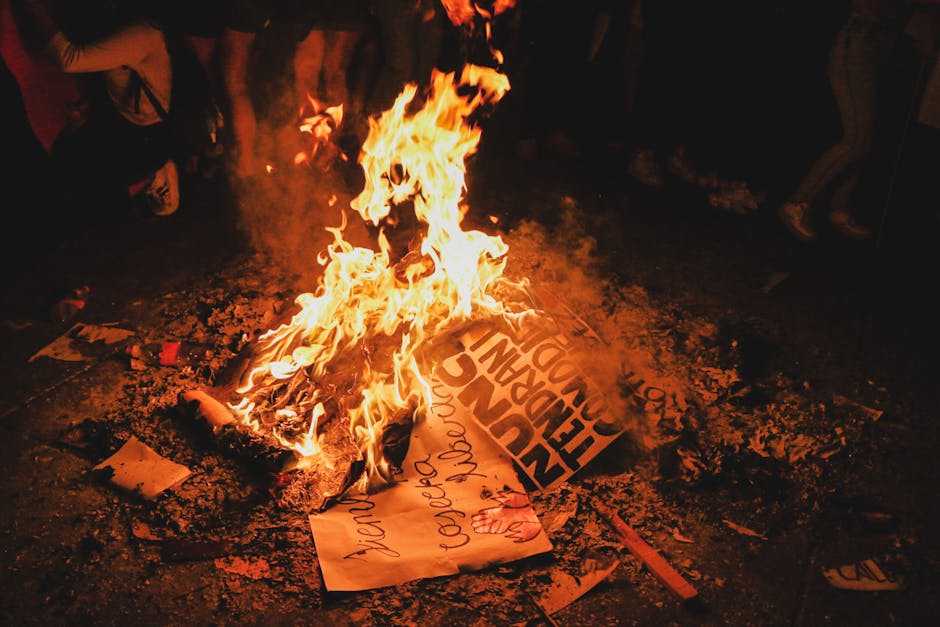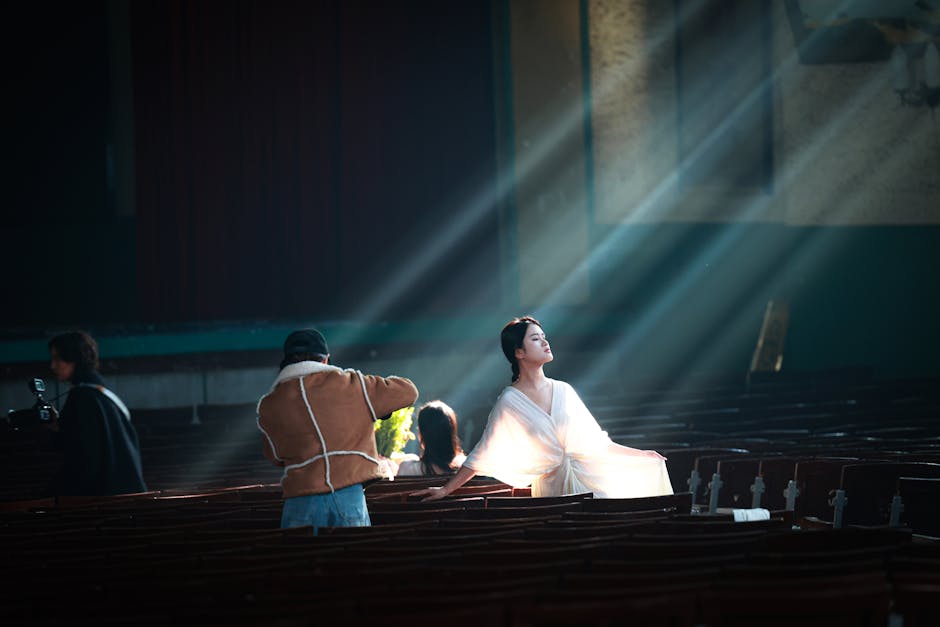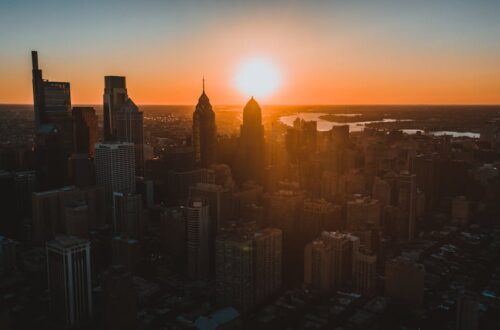Scene flow is the secret ingredient that keeps audiences glued to their screens, guiding us seamlessly through stories, emotions, and twists. But what happens when fan theories and speculations start to shape the way we interpret these flows? On Scene Flow – Scenlo, we dive into the fascinating world where narrative technique meets the collective imagination of fandom, revealing how the two together can transform our viewing experience.
The Anatomy of Scene Flow in Storytelling

Scene flow is more than just the order of shots or the rhythm of a script—it’s the invisible current that carries viewers from one moment to the next, ensuring that every emotional beat lands just right. In screenwriting, scene flow is crafted through a careful blend of transitions, shot composition, and pacing. Techniques like establishing shots and temporal shifts anchor us in time and place, while match cuts and sound cues subtly guide our attention, making even the most complex narratives feel natural and engaging.
When executed well, scene flow can evoke specific emotions, heighten suspense, and immerse us fully in the world of the story. It’s what makes a plot twist shocking rather than confusing, or a character’s transformation feel earned instead of abrupt. Mastery of scene flow is what separates a forgettable episode from a classic, and it’s the foundation upon which all great TV and film storytelling is built.
Fan Theories: The Collective Mind at Work

Photo by LusterPix® Media on Pexels
Fan theories are the lifeblood of modern fandoms. Thanks to the internet, viewers can dissect every frame, analyze dialogue, and speculate endlessly about hidden meanings. These theories often emerge from the smallest details—a lingering glance, a mysterious object in the background, or a seemingly throwaway line. As fans connect the dots, they create elaborate webs of speculation that sometimes rival the complexity of the original story.
What makes fan theories so compelling is their collaborative nature. Online forums, social media threads, and dedicated theory blogs become spaces where ideas are debated, refined, and occasionally even adopted by the creators themselves. The result is a dynamic feedback loop: writers craft stories with enough ambiguity to fuel speculation, while fans respond with ever more creative interpretations, keeping the conversation alive long after the credits roll.
When Scene Flow Fuels Speculation

Photo by Tima Miroshnichenko on Pexels
Scene flow isn’t just a tool for storytellers—it’s also a playground for theorists. The way a scene transitions, the pacing of dialogue, or the choice of camera angle can all become fodder for speculation. For example, a sudden cut to black might suggest a character’s fate is uncertain, while a lingering shot on a minor object could hint at its future significance.
Some of the most enduring fan theories have sprung from the careful study of scene flow. In shows like “Lost” or “Westworld,” where timelines and realities blur, fans have learned to scrutinize every transition, searching for clues about what is real and what is not. In films like “Inception,” the infamous spinning top scene has generated endless debate, with viewers analyzing the flow of the final moments for any hint about the protagonist’s reality.
This interplay between scene flow and speculation turns viewers into active participants, engaging with stories on a deeper level and often uncovering meanings that even the creators may not have intended.
Classic Examples: Scene Flow Meets Fan Theory

Throughout TV and film history, there are countless examples where scene flow and fan theories have collided to create cultural phenomena. Take “Game of Thrones,” where the rapid cuts and subtle glances in key scenes fueled speculation about character allegiances and future betrayals. Or “The Matrix,” where the interplay between reality and simulation was signaled through shifts in color grading and camera movement, leading fans to question what was truly real.
In “Breaking Bad,” the show’s meticulous attention to visual motifs—such as recurring colors and objects—became a treasure trove for theorists. Fans pored over each episode, searching for patterns in the scene flow that might hint at future plot developments or hidden character motivations.
These examples illustrate how the craft of scene flow, combined with the creativity of fan communities, can elevate a story from mere entertainment to a cultural touchstone.
The Impact of Speculation on Storytelling Flow

Photo by Anya Juárez Tenorio on Pexels
Fan theories don’t just exist in a vacuum—they can actively shape the way stories are told. As writers become aware of the theories circulating among fans, they may choose to subvert expectations, plant red herrings, or even incorporate fan ideas into the narrative. This can lead to more complex and layered storytelling, as creators play with audience assumptions and challenge viewers to pay closer attention to the flow of scenes.
However, this dynamic can also have its downsides. When speculation becomes too intense, it can create unrealistic expectations or overshadow the story itself. Some creators have pushed back against fan theories, emphasizing the importance of authorial intent and cautioning against over-interpretation. The key is finding a balance—using scene flow to invite speculation without letting it dictate the direction of the story.
How to Read Scene Flow Like a Pro

Photo by RDNE Stock project on Pexels
If you want to become a master of fan theories, start by paying close attention to scene flow. Notice how transitions are handled—are they abrupt or smooth? Does the camera linger on certain objects or characters? Are there patterns in the way scenes are structured or paced?
Look for visual and auditory cues that might hint at deeper meanings. A recurring motif, a shift in lighting, or a change in music can all signal important developments. Don’t be afraid to rewatch key scenes, pausing to analyze the details that might have escaped your notice the first time around.
Remember, the best fan theories are grounded in the text itself, drawing on the craft of storytelling rather than wild speculation. By understanding the principles of scene flow, you’ll be better equipped to spot the clues that others miss and contribute meaningfully to the ongoing conversation.
The Future of Scene Flow and Fan Theories

Photo by Alesia Kozik on Pexels
As TV and film continue to evolve, the relationship between scene flow and fan theories is only likely to grow stronger. With the rise of interactive storytelling, nonlinear narratives, and sophisticated visual effects, the possibilities for speculation are endless. Creators are increasingly aware of the power of fandom, and many are embracing the challenge of crafting stories that reward close attention and invite ongoing debate.
At the same time, new technologies—such as AI-driven analysis and immersive media—are giving fans more tools than ever to dissect and interpret scene flow. The line between creator and audience is blurring, opening up exciting new avenues for collaboration and creativity.
Whether you’re a casual viewer or a die-hard theorist, one thing is clear: the art of scene flow, combined with the collective imagination of fandom, will continue to shape the stories we love for years to come.
Conclusion: Why Scene Flow and Fan Theories Matter

In the end, scene flow and fan theories are two sides of the same coin. Both are driven by a passion for storytelling and a desire to connect with something larger than ourselves. By paying attention to the way scenes unfold and engaging with the ideas of fellow fans, we become active participants in the stories we watch, helping to shape their meaning and significance.
So the next time you find yourself caught up in a heated debate about a show’s ending or speculating about a character’s true motives, remember: you’re not just a viewer—you’re part of the flow.
Sources
- https://library.fiveable.me/screenwriting-i/unit-7/transitions-scene-flow/study-guide/X7pHV2t2fPOgzzcU
- https://www.youtube.com/watch?v=4vpqa2oYuMY
- https://www.ri.cmu.edu/project/scene-flow/
- https://www.youtube.com/watch?v=L3uhGv8jUHs





